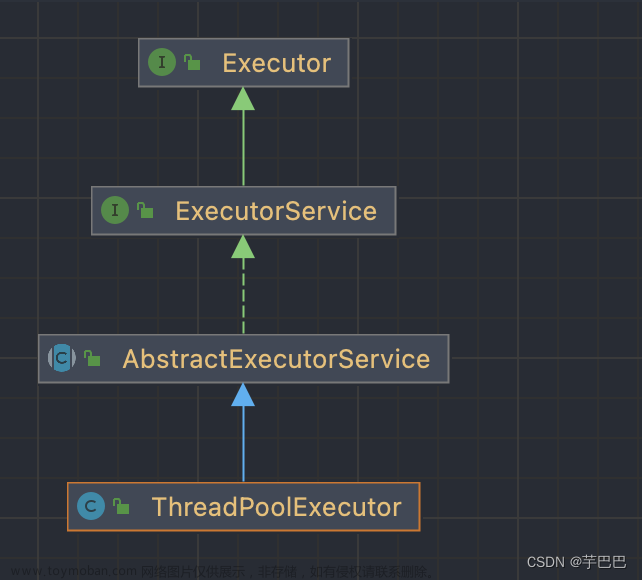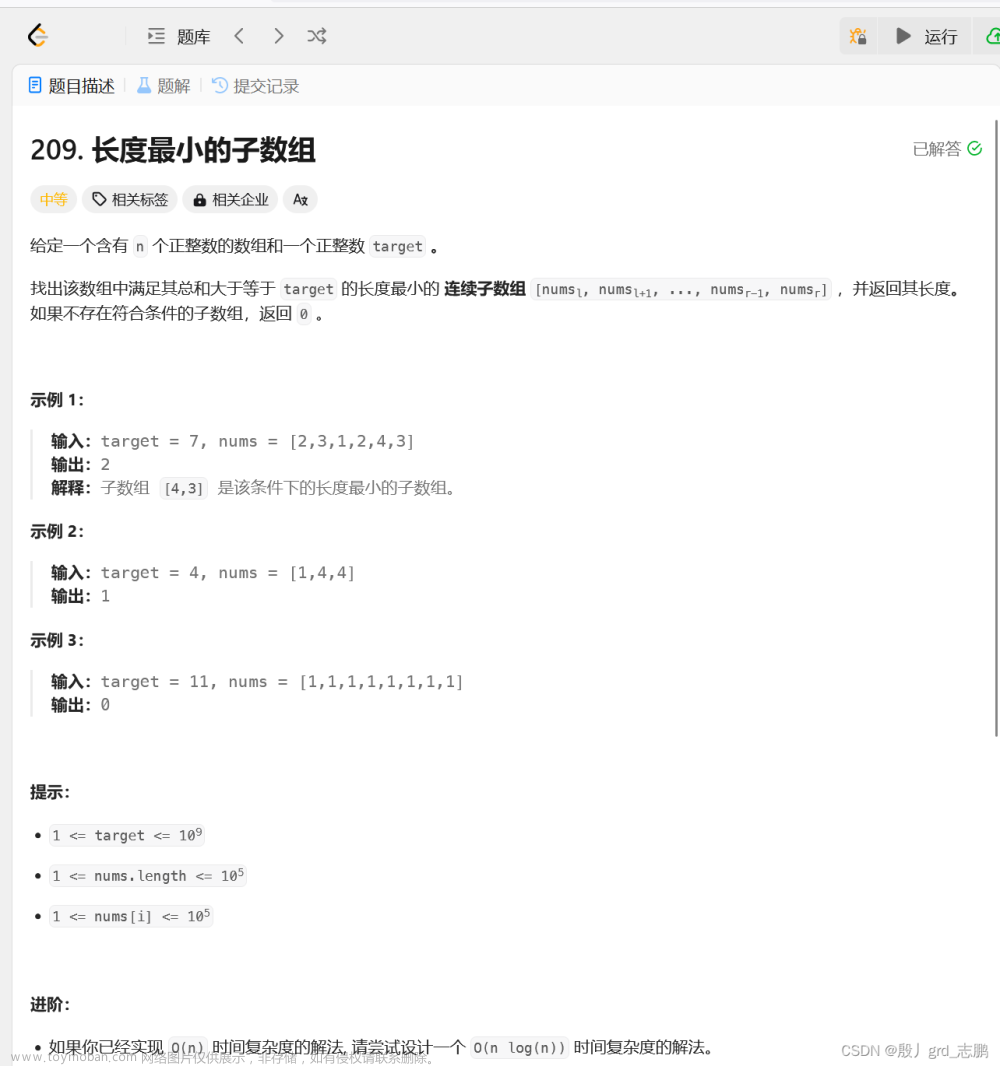目录
头文件:Stack.h文章来源:https://www.toymoban.com/news/detail-816590.html
Stack.c文件:文章来源地址https://www.toymoban.com/news/detail-816590.html
很简单,直接上源码
头文件:Stack.h
#pragma once
#include<stdio.h>
#include<stdlib.h>;
#include<assert.h>;
// 支持动态增长的栈
typedef int STDataType;
typedef struct Stack
{
STDataType *a;
int top; // 栈顶
int capacity; // 容量
}Stack;
// 初始化栈
void StackInit(Stack* ps);
// 入栈
void StackPush(Stack* ps, STDataType data);
// 出栈
void StackPop(Stack* ps);
// 获取栈顶元素
STDataType StackTop(Stack* ps);
// 获取栈中有效元素个数
int StackSize(Stack* ps);
// 检测栈是否为空,如果为空返回非零结果,如果不为空返回0
int StackEmpty(Stack* ps);
// 销毁栈
void StackDestroy(Stack* ps);Stack.c文件:
#include"Stack.h"
// 初始化栈
void StackInit(Stack* ps)
{
STDataType* temp = (STDataType*)malloc(sizeof(STDataType) * 4);
if (temp == NULL)
{
perror("malloc fail \n");
exit(-1);
}
ps->a = temp;
ps->capacity = 4;
ps->top = -1;
}
// 入栈
void StackPush(Stack* ps, STDataType data)
{
assert(ps);
if (ps->capacity == ps->top+1)
{
STDataType* temp = (STDataType*)realloc(ps->a,sizeof(STDataType) * ps->capacity *2);
if (temp == NULL)
{
perror("realloc fail \n");
exit(-1);
}
ps->a = temp;
ps->capacity *= 2;
}
ps->a[ps->top + 1] = data;
ps->top++;
}
// 出栈
void StackPop(Stack* ps)
{
assert(ps);
if(ps->top == -1)
{
return ;
}
ps->top--;
}
// 获取栈顶元素
STDataType StackTop(Stack* ps)
{
assert(ps);
if (ps->top == -1)
{
return -1;
}
return ps->a[ps->top];
}
// 获取栈中有效元素个数
int StackSize(Stack* ps)
{
assert(ps);
if (ps->top == -1)
{
return -1;
}
return ps->top + 1;
}
// 检测栈是否为空,如果为空返回非零结果,如果不为空返回0
int StackEmpty(Stack* ps)
{
assert(ps);
if (ps->top == -1)
return 1;
else
return 0;
}
// 销毁栈
void StackDestroy(Stack* ps)
{
free(ps->a);
ps->a = NULL;
ps->capacity = 0;
ps->top = 0;
printf("destory success!\n");
}到了这里,关于数组实现栈(附带源码)的文章就介绍完了。如果您还想了解更多内容,请在右上角搜索TOY模板网以前的文章或继续浏览下面的相关文章,希望大家以后多多支持TOY模板网!











